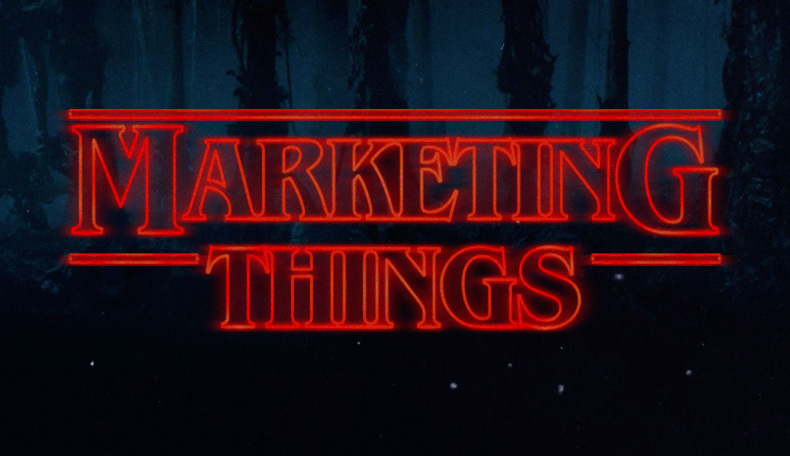Brand Strategy
Brand positioning has been a staple of marketing and advertising thinking for almost half a century. But, for all its compelling history, its continuing evolution may be even more remarkable.
Brand positioning started small … very small. In 1969, Al Ries, owner of the tiny New York ad agency Ries Cappiello Colwell, wrote an internal staff memo that included the following prophetic lines:
“Today’s marketplace is no longer responsive to strategies that worked in the past. There are just too many products, too many companies, too much marketing ‘noise.’ Gentlemen (hey, it was 1969), the advertisers who excel in the 1970s will be those that understand and master ‘positioning.’”
The memo led to a series of Ad Age articles and a hugely successful 1976 book, “Positioning: The Battle for Your Mind.” This concept is so influential that the book remains among the top 40 bestselling advertising books today.
The concepts behind brand positioning are now so ingrained, it’s easy to forget how groundbreaking they once were:
- A brand is more than a name of a product. It’s a specific shared meaning — a perception that can be created and built upon.
- Once a brand has found its “position” in a customer’s mind, it will reside there for a long time and, if defended, can be almost impossible to displace.
- Instead of focusing on a product and its competitors, focus first on the mind of the prospect.
These truths created a revolution in the advertising industry, and more than 40 years later, they’re just as accurate and powerful as they were back then.
I broke into advertising in 1980, when agencies were fully caught up in the positioning revolution. My team, charged with introducing Campbell’s new spaghetti sauce, Prego, landed on a positioning around homemade taste to distinguish the products from category-leading Ragu and its ubiquitous “That’s Italian!”
Positioning was tailor-made for these sorts of consumer-targeted brands. Hammering home the attributes that defined your brand’s product versus the competition suited the mass-media, packaged goods marketing realms that dominated the era.
But it didn’t work for everyone, and brands like Disney and Apple led the charge to move from product performance to brand experience. These trailblazers worked to own a concept: Magic for Disney, Innovation for Apple.
The move elevated branding from its one-dimensional mass-media, consumer packaged goods roots. In turn, marketers could envision brands in fully embodied ways and apply that vision across the entirety of their audience base — not just consumers but also employees, influencers, partners and investors.
Today, this landmark way of thinking continues to influence marketing communications. At Wray Ward, for example, our Insights team takes a brand platform approach to positioning work for our clients. The approach centers on a brand positioning statement supported by other strategic complements: a visual brand essence, a depiction of the brand’s envisioned evolution and the game-changing “brand positioning as it applies to all audiences.” Guided by research, we create targeted strategies grounded in our clients’ mission, guiding principles and vision.
The brand platform process supports the continued evolution of brand positioning — and yields a dynamic, holistic way to capture and reflect the complete, distinctive power of a brand.
That’s timeless.


